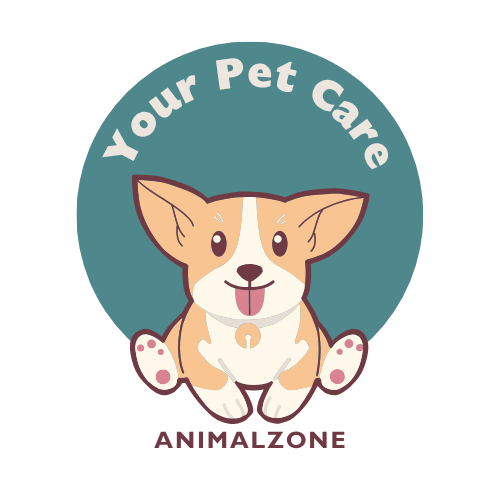For decades, spaying and neutering have been the standard approach to pet population control and reproductive health. However, recent advancements in veterinary medicine have introduced non-surgical sterilization options for dogs and cats — providing pet owners and animal welfare organizations with alternatives that are less invasive, more affordable, and potentially easier to implement at scale.
In this article, we explore the latest methods of non-surgical sterilization, how they work, their pros and cons, and when they may be appropriate for your pet.
Why Consider Non-Surgical Sterilization?
While surgical spaying and neutering remain highly effective, they come with the risks and costs of anesthesia, recovery time, and potential complications. In large-scale settings such as shelters or community outreach programs, non-surgical options can be faster, more cost-effective, and logistically easier to administer.
Pet owners may also seek these options for dogs and cats with health conditions that make surgery risky, or when looking for reversible fertility control.
Current Non-Surgical Sterilization Methods
1. Zeuterin™ (Zinc Gluconate Injection)
Zeuterin is a chemical sterilant for male dogs, administered by injection directly into the testicles. It works by causing fibrosis and atrophy of the testes, rendering the dog infertile.
-
Effectiveness: Over 99% in young, pre-pubertal male dogs.
-
Pros: No anesthesia needed, less invasive, quick procedure.
-
Cons: Only for male dogs, not always 100% reliable in older or larger dogs.
-
Note: Not currently widely available due to regulatory and production issues.

2. Gonacon™
Gonacon is a vaccine-based contraceptive that works by blocking the hormones necessary for reproduction. It is used in both male and female animals and has been trialed in cats and dogs, although more commonly used in wildlife control.
-
Effectiveness: Varies; may last up to several years.
-
Pros: Non-invasive, reversible in some cases.
-
Cons: Requires boosters, not FDA-approved for domestic pets in all regions.
3. Deslorelin Implants (Suprelorin®)
Deslorelin is a hormone implant that temporarily suppresses fertility in male dogs and cats. It is placed under the skin and releases medication over several months.
-
Effectiveness: Temporary sterilization for 6–12 months.
-
Pros: Reversible, useful for breeding management.
-
Cons: Requires replacement, not a permanent solution, limited availability.
Advantages of Non-Surgical Sterilization
-
Less invasive: Reduced risk of infection and no surgical recovery needed.
-
Faster procedures: Many methods can be administered in minutes.
-
Lower cost: Ideal for large-scale animal welfare programs.
-
Reversible options: Some allow for future fertility if needed.
Limitations and Considerations
-
Limited availability: Not all products are FDA-approved or commercially available in all regions.
-
Varying effectiveness: Results may not be as permanent or predictable as traditional surgery.
-
Monitoring required: Some treatments require follow-ups or boosters.
-
Not suitable for all animals: Age, sex, and health status can affect eligibility.
Should You Choose a Non-Surgical Option?
If you’re considering sterilization for your pet but prefer to avoid surgery, it’s important to talk to your veterinarian. They can help assess whether a non-surgical sterilization method is appropriate based on your pet’s age, breed, health status, and your goals (e.g., permanent vs. temporary fertility control).
These methods may also be ideal for trap-neuter-return (TNR) programs, rural or remote communities, and shelter operations with limited surgical resources.
Final Thoughts
Non-surgical sterilization for dogs and cats is an exciting and evolving field in veterinary medicine. While not yet a replacement for traditional spaying and neutering, it offers promising alternatives that may soon become more widely adopted.
By providing humane, accessible options, non-surgical sterilization supports animal welfare efforts, helps reduce pet overpopulation, and expands choices for responsible pet owners.
Learn More
For updates on non-surgical sterilization technologies, visit the zoopiahub.com or speak with your veterinarian about options available in your region.

